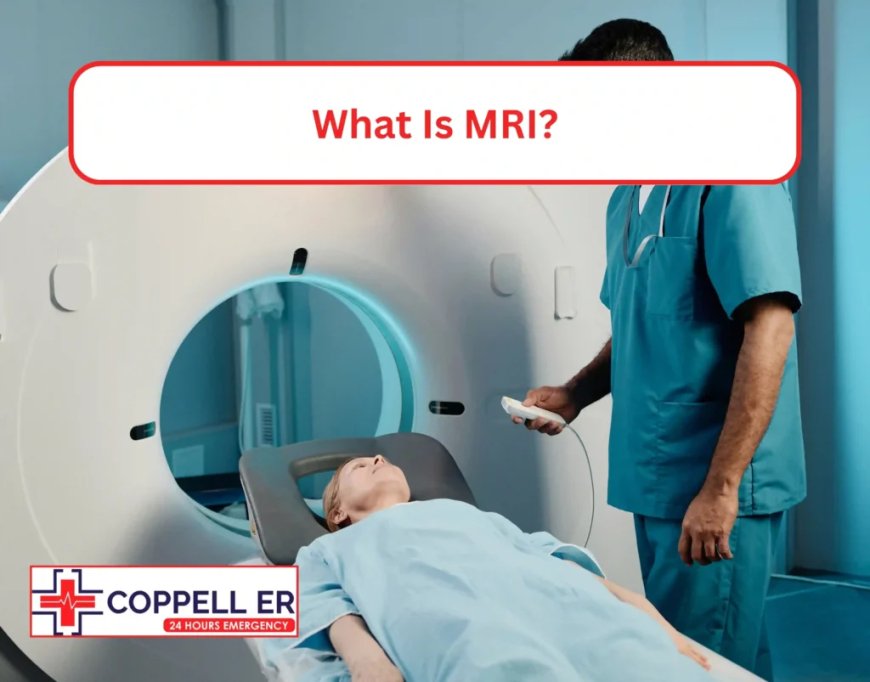CAT Scan vs MRI: 7 Key Differences You Need to Know

Understanding the differences between a CAT scan vs MRI is crucial for making informed healthcare decisions. Both are advanced imaging techniques used to diagnose a variety of conditions, but they differ in technology, applications, and benefits. In this article, we'll explore the core distinctions to help you understand which option might be best for specific medical scenarios.
What Is a CAT Scan?
A CAT scan (Computed Axial Tomography), also known simply as a CT scan, uses X-rays to create detailed cross-sectional images of the body. It captures multiple images from different angles, which are then combined to produce a comprehensive view of internal organs, bones, and tissues.
Key Features of a CAT Scan:
-
Speed: Quick imaging, often completed within minutes.
-
Best for: Detecting fractures, tumors, internal bleeding, and organ damage.
-
Technology: Utilizes ionizing radiation (X-rays).
What Is an MRI?
An MRI (Magnetic Resonance Imaging) uses powerful magnets and radio waves to generate detailed images of the body's internal structures. Unlike CAT scans, MRIs do not use radiation.
Key Features of an MRI:
-
Detail: Provides superior soft tissue contrast.
-
Best for: Brain, spinal cord, joints, and soft tissue evaluation.
-
Technology: Uses magnetic fields and radiofrequency waves.
CAT Scan vs MRI: 7 Key Differences
1. Technology Used
-
CAT Scan: Uses X-rays.
-
MRI: Uses magnetic fields and radio waves.
2. Image Quality
-
CAT Scan: Excellent for bones and detecting internal bleeding.
-
MRI: Superior for soft tissues like the brain, muscles, and ligaments.
3. Radiation Exposure
-
CAT Scan: Involves ionizing radiation.
-
MRI: No radiation exposure.
4. Speed of Procedure
-
CAT Scan: Takes just a few minutes.
-
MRI: Can take 30-60 minutes depending on the area being scanned.
5. Cost Differences
-
CAT Scan: Generally less expensive.
-
MRI: More costly due to advanced technology.
6. Patient Comfort
-
CAT Scan: Quick, less claustrophobic.
-
MRI: Noisy, requires lying still in an enclosed space.
7. Application in Medical Diagnoses
-
CAT Scan: Ideal for trauma, chest, and abdominal issues.
-
MRI: Preferred for neurological conditions, joint injuries, and soft tissue problems.
Benefits of CAT Scans and MRIs
-
Non-Invasive Diagnostic Tools
-
Early Detection of Diseases
-
Detailed Visualization for Accurate Diagnosis
-
Guidance for Surgical Procedures
Which One Should You Choose?
The choice between a CAT scan and an MRI depends on several factors:
-
For Bone Fractures: CAT scan is preferred.
-
For Brain and Spinal Issues: MRI provides better clarity.
-
In Emergency Situations: CAT scan due to speed.
-
Soft Tissue Injuries: MRI offers superior imaging.
Always consult with your healthcare provider to determine the most suitable imaging technique based on your medical condition.
What is a CT Scan?
A CT (Computed Tomography) scan uses X-rays to create detailed cross-sectional images of the body. It provides more detailed information than regular X-rays, making it particularly useful for diagnosing bone fractures, tumors, and internal bleeding.
How CT Scans Work
-
Uses X-ray beams that rotate around the body
-
Captures multiple images from different angles
-
A computer processes these images to create cross-sectional views
Common Uses of CT Scans
-
Detecting bone fractures
-
Identifying tumors
-
Diagnosing internal bleeding
-
Monitoring the effectiveness of treatments
What is an MRI Scan?
An MRI (Magnetic Resonance Imaging) scan uses strong magnetic fields and radio waves to produce detailed images of organs and tissues inside the body.
How MRI Scans Work
-
Uses a powerful magnet to align hydrogen atoms in the body
-
Radio waves are then used to disturb this alignment
-
The energy released during realignment is captured to create detailed images
Common Uses of MRI Scans
-
Examining soft tissues like the brain, muscles, and ligaments
-
Detecting tumors
-
Monitoring brain and spinal cord conditions
-
Evaluating joint injuries
Frequently Asked Questions (FAQs)
1. Is an MRI safer than a CAT scan?
Yes, MRIs do not use radiation, making them safer in terms of radiation exposure. However, CAT scans are quick and effective, especially in emergencies.
2. Can you have both a CAT scan and an MRI?
Yes, doctors may recommend both to get a comprehensive view, depending on the medical condition.
3. Is a CAT scan or MRI better for detecting cancer?
Both are useful. CAT scans detect tumors and spread, while MRIs provide detailed images of soft tissues where some cancers develop.
4. Which is more expensive: CAT scan or MRI?
MRIs are generally more expensive due to the advanced technology and longer procedure time.
5. Can claustrophobic patients undergo an MRI?
Yes, open MRIs or sedation options are available for patients with claustrophobia.
What's Your Reaction?

































































